14 Facts About Your Dog’s Self-Awareness You Didn’t Know
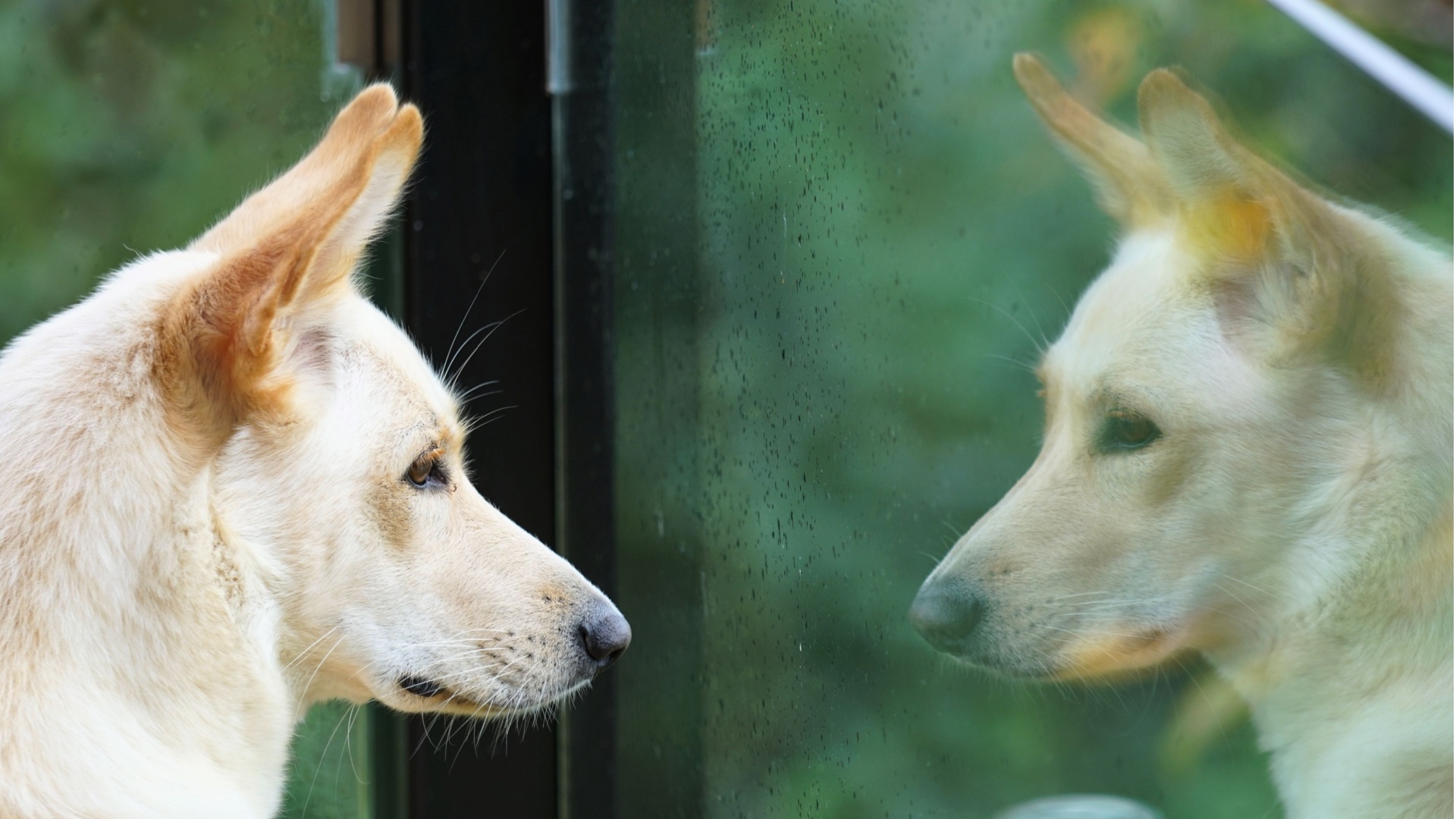
Ever wonder what’s going on inside your dog’s head? While they might not sit around pondering life’s biggest questions, dogs do have a unique sense of self-awareness that goes beyond just knowing their name or responding to commands.
From recognizing faces to understanding how their actions affect others, your pup is more self-aware than you might think!
Get ready to uncover some fascinating facts about how your furry friend sees itself in the world – it might just change the way you look at them!
1. Mirror Test Curiosity

Have you ever wondered if your dog knows that it’s looking at itself when it stares into a mirror? While dogs might not pass the classic mirror test like dolphins or primates, they exhibit curiosity when faced with their reflections. Some might bark or playfully attempt to interact with the ‘other dog,’ showing they recognize it as something interesting. Whether this means true self-recognition is still debated among scientists.
Interestingly, dogs rely more on their incredible sense of smell than visual cues for recognition. For them, a mirror might be more about curiosity than vanity. Observing your dog’s reaction to a mirror can be a fun experiment, offering insights into their perception. Next time your pup encounters a reflective surface, watch closely; their behavior can tell you a lot about their understanding of the world.
Though the mirror might not reveal a dog’s self-awareness, it highlights their playful nature and inquisitive mind. So, be ready to see a side of your dog that is both amusing and enlightening. It’s just one of the many ways dogs communicate their unique self-awareness.
2. Canine Empathy

Dogs are renowned for their empathetic abilities, often sensing when their humans are sad or stressed. Have you noticed how your pup snuggles up to you when you’re feeling down? This isn’t just a coincidence; it’s a display of canine empathy. They’re tuned into our emotions, possibly more than we give them credit for.
Research suggests that dogs can pick up on subtle cues, such as changes in our body language, tone of voice, or even scent. Their ability to empathize with humans might stem from thousands of years of domestication and close human-animal relationships. It’s as if they’ve learned to read us better than some humans do!
Next time you’re feeling blue, notice how your dog reacts. Their comforting presence isn’t just a fluke but a genuine response to your emotional state. This unique connection strengthens the bond between you and your furry friend.
So, the next time your dog offers a comforting nuzzle, remember it’s a testament to their remarkable self-awareness and ability to connect with you on an emotional level.
3. The Name Game

Does your dog know its name, or is it just responding to the sound? This question has puzzled researchers, but studies show that dogs do indeed recognize their names among other words. They can differentiate between their name and other similar-sounding words, showcasing their ability to understand specific cues.
The way dogs respond to their name isn’t just a conditioned trick; it’s a part of their social awareness. By associating their name with positive experiences like treats or affection, they learn to recognize it as part of their identity. This shows a level of self-awareness that’s quite intriguing.
Next time you call your dog’s name, observe their reaction. It’s not just about what they hear; it’s about the connection they feel with you. This recognition strengthens your bond, making your relationship even more special. Your dog’s ability to understand their name is a remarkable aspect of their self-awareness, reflecting their intelligent and social nature.
4. Owner Recognition
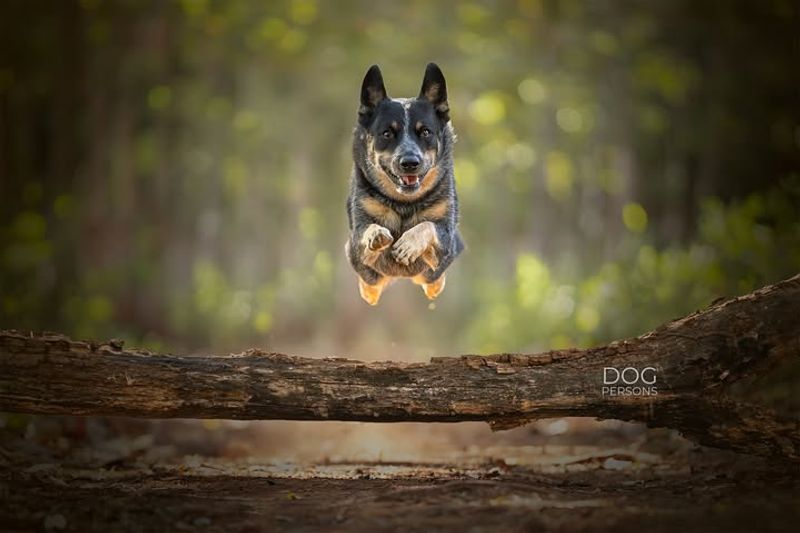
Ever noticed how your dog seems to have a sixth sense when it comes to recognizing you? Even after a long day apart, your furry friend can identify you from a distance, and it’s not just by sight. Dogs have an extraordinary ability to recognize their owners through a combination of sight, sound, and smell.
This recognition isn’t merely instinctual; it’s a testament to the bond built over time. Dogs are incredibly attuned to their owners’ unique characteristics, from the sound of their footsteps to their specific scent. It’s as if they’ve developed a personal ‘owner profile’ in their minds.
The next time you return home, watch your dog’s eager reaction. They aren’t just happy to see any human; they recognize you specifically. This keen recognition ability is a fascinating aspect of their self-awareness, showing how deeply they connect with those they love. It’s a heartwarming reminder of the special place you hold in your dog’s world.
5. Emotional Reflection

Did you know that dogs can mirror our emotions with surprising accuracy? Their ability to reflect human emotions is not only endearing but a sign of their sophisticated emotional awareness. When you’re happy, your dog often shares in that joy, wagging their tail and matching your upbeat mood.
This emotional mirroring goes beyond sympathy; it’s about connection. Dogs can pick up on the nuances of your expressions and moods, adjusting their behavior accordingly. Whether it’s sharing in your excitement or comforting you during tough times, dogs seem to have an innate ability to tune into your emotional state.
Pay attention to how your dog’s mood shifts with yours. This empathetic connection enhances your bond, making every moment shared even more special. It’s a touching example of their self-awareness and their profound ability to relate to human emotions. In a world of complex feelings, your dog’s understanding is a simple yet beautiful form of companionship.
6. Scent-Based Recognition
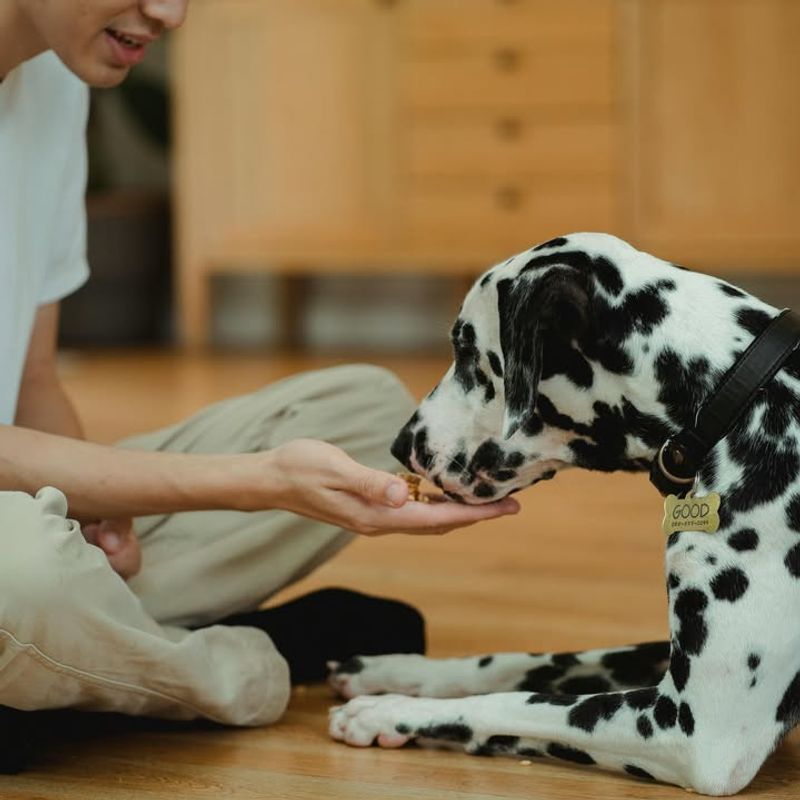
Dogs have an incredible olfactory system, allowing them to recognize scents in ways humans can only dream of. This keen sense of smell is a vital aspect of their self-awareness, helping them understand and navigate their world. It’s as if every scent is a story waiting to be read.
Your dog can recognize you and other familiar beings or objects through scent alone, even if hidden from sight. This ability to identify and differentiate scents reflects their unique way of perceiving the world, often prioritizing smell over visual or auditory information.
Watch how your dog reacts to a familiar scent, and you’ll see a part of their world that’s both fascinating and mysterious. This scent-based recognition highlights their intelligence and deep connection to their environment. It’s a reminder of the complex inner world your dog inhabits, driven by a nose that knows no bounds.
7. Time Perception
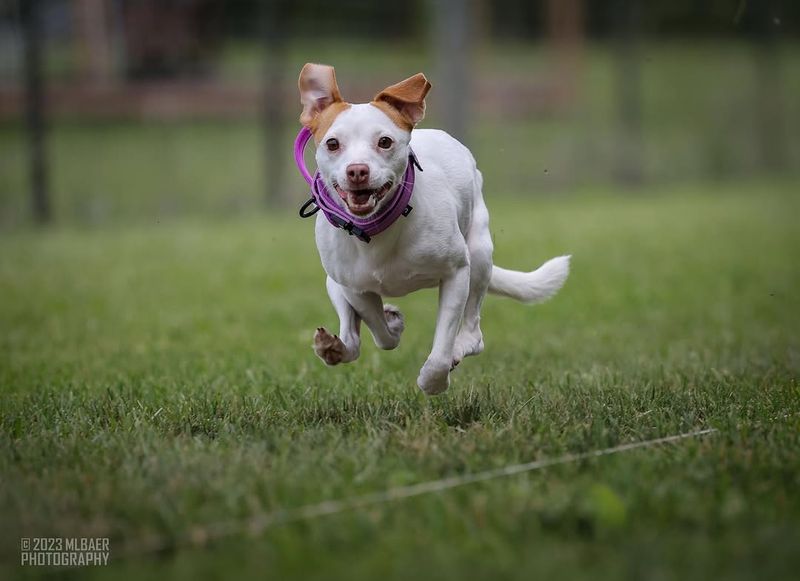
Ever wondered if your dog can tell time? While they don’t read clocks like us, dogs have a unique perception of time that’s tied to their routines and biological rhythms. They seem to anticipate events, like when it’s time for a walk or dinner, with uncanny precision.
This perception is linked to their internal body clock and environmental cues, such as changes in light or household activities. Some experts believe that dogs may even have a sense of time passing based on the scents that dissipate over hours, creating a kind of olfactory timeline.
Observe how your dog behaves as specific times approach, and you’ll see their remarkable ability to align with daily rhythms. It’s a fascinating glimpse into their world and a testament to their keen awareness of both their internal and external environments. Your dog’s time-telling talents are yet another reason to marvel at their complex understanding of the world.
8. Social Hierarchy Awareness
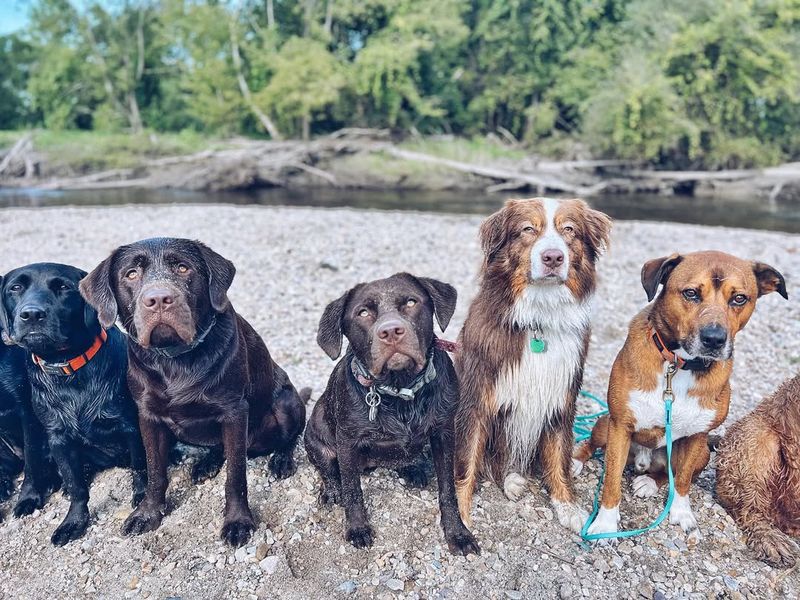
In a world where pack dynamics play a crucial role, dogs are experts in understanding social hierarchies. Whether interacting with other dogs or humans, they can quickly assess and adapt to social structures, displaying a keen sense of self-awareness.
Dogs often use body language, vocalizations, and behavior to establish their place within a group. This understanding isn’t just about survival; it’s a complex social dance that reflects their intelligence and adaptability. Recognizing and respecting these social cues is essential for harmonious interactions.
Next time you’re at the dog park, watch how dogs engage with one another. Their interactions are a testament to their intricate understanding of social dynamics. This awareness allows them to navigate relationships with both canines and humans, showing a side of dog psychology that’s endlessly fascinating.
9. Body Awareness

Have you noticed how your dog can squeeze through tight spaces or navigate obstacles with grace? This ability reflects their remarkable body awareness. Dogs have an innate sense of their physical form and capabilities, allowing them to interact with their environment effectively.
This awareness isn’t merely instinctual; it’s a learned ability honed through experience and interaction. From puppyhood, dogs explore the world, gradually understanding how their bodies occupy space and how to move within various environments.
Observe your dog’s agility and coordination, and you’ll see an impressive display of self-awareness. Whether fetching a ball or weaving through furniture, their understanding of their body’s limits is both practical and fascinating. It’s a skill that enhances their interaction with the world, showcasing the depth of their self-awareness.
10. Problem Solving Prowess

Dogs aren’t just about fetching sticks and wagging tails; they’re intelligent problem solvers. This ability demonstrates their cognitive self-awareness, as they engage in tasks that require thinking and strategy. From figuring out a puzzle toy to finding a way onto the couch, dogs showcase their mental agility.
Problem-solving isn’t just for entertainment; it’s a reflection of their intelligence and ability to adapt. By observing and experimenting, dogs learn to overcome obstacles and achieve their goals. This process reveals a level of awareness that’s both impressive and endearing.
Engage your dog with a challenging toy or task, and watch their mind at work. Their determination and creativity in solving problems highlight a side of them that’s both practical and delightful. It’s another aspect of their self-awareness that makes them such remarkable companions.
11. Understanding Human Cues

Have you ever been amazed by how well your dog understands your gestures? Dogs have an incredible ability to pick up on human cues, making them exceptional companions and learners. This understanding goes beyond basic commands, reflecting a deep awareness of human intention and communication.
Through training and interaction, dogs learn to associate specific gestures and tones with actions. Their ability to comprehend these cues isn’t just obedience; it’s a sophisticated interpretation of human behavior. This awareness enhances their bond with people, demonstrating their unique cognitive abilities.
Try using different signals with your dog, and observe how they respond. Their keen understanding of human cues is a testament to their intelligence and adaptability. It’s a delightful reminder of how dogs bridge the gap between species, creating a connection that’s both intuitive and profound.
12. Facial Recognition

Did you know that your dog can recognize human faces? This ability isn’t just reserved for recognizing familiar people; dogs can differentiate between various human expressions and faces, showcasing their sophisticated visual awareness.
Research has shown that dogs use facial recognition to understand human emotions and intentions. Whether it’s a smile or a frown, they can interpret these expressions and respond accordingly. This skill highlights their ability to connect with humans on a deeper level.
Next time you’re with your dog, notice how they respond to your facial expressions. This recognition is more than just familiarity; it’s a complex interpretation of visual cues that enhances your relationship. Your dog’s ability to recognize faces is yet another fascinating aspect of their self-awareness, reflecting their capacity to engage with the world around them.
13. Memory and Recall

Ever played hide and seek with your dog and marveled at their ability to remember where you hid? Dogs possess a remarkable memory and recall ability, enabling them to remember locations, commands, and even past experiences with surprising accuracy.
This memory isn’t just about survival; it’s a reflection of their cognitive self-awareness. Dogs can recall specific events and use that information to make decisions. Whether it’s finding a hidden toy or remembering a previous encounter, their memory is a vital part of their intelligence.
Engage your dog in games that challenge their memory, and you’ll see their impressive recall skills in action. This ability to remember and retrieve information is a testament to their mental agility and depth of understanding. It’s another layer of their self-awareness that continues to amaze and delight dog lovers everywhere.
14. Playful Exploration
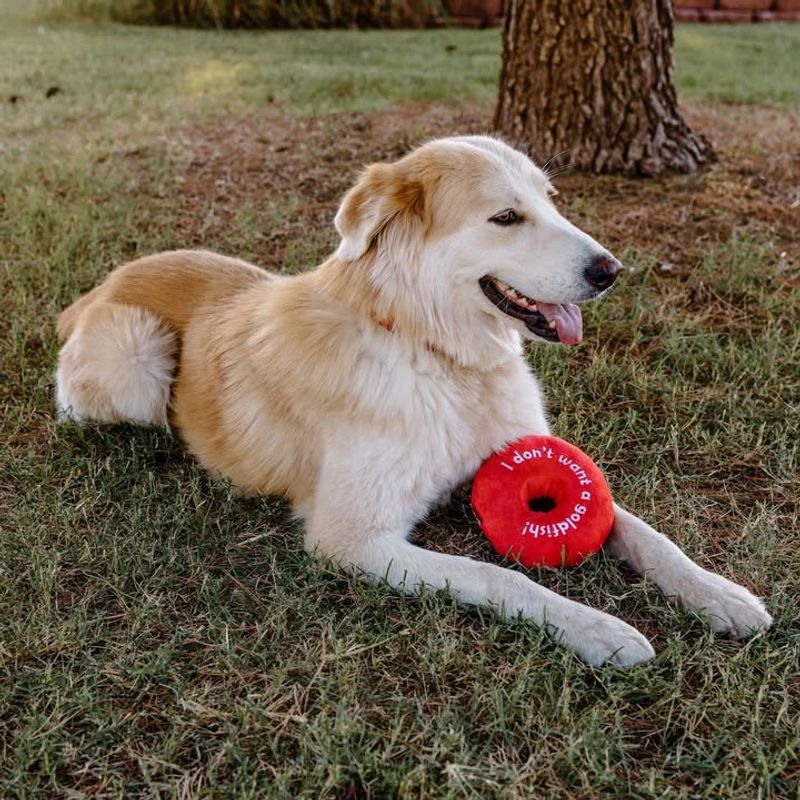
Dogs are natural explorers, driven by curiosity and a desire to understand their world. This exploration isn’t just play; it’s a critical part of their self-awareness, reflecting their need to engage with their environment. From sniffing new scents to discovering unfamiliar terrain, dogs approach exploration with enthusiasm and intelligence.
Playful exploration allows dogs to learn about their surroundings and themselves. It’s through play that they test boundaries, develop skills, and satisfy their innate curiosity. This process is essential for their mental and physical well-being, providing stimulation and joy.
Take your dog on a new adventure, and observe their excitement as they explore. Their playful approach to discovering the world is a delightful reminder of their self-awareness and zest for life. It’s a captivating aspect of their personality that enriches their existence and our connection to them.
